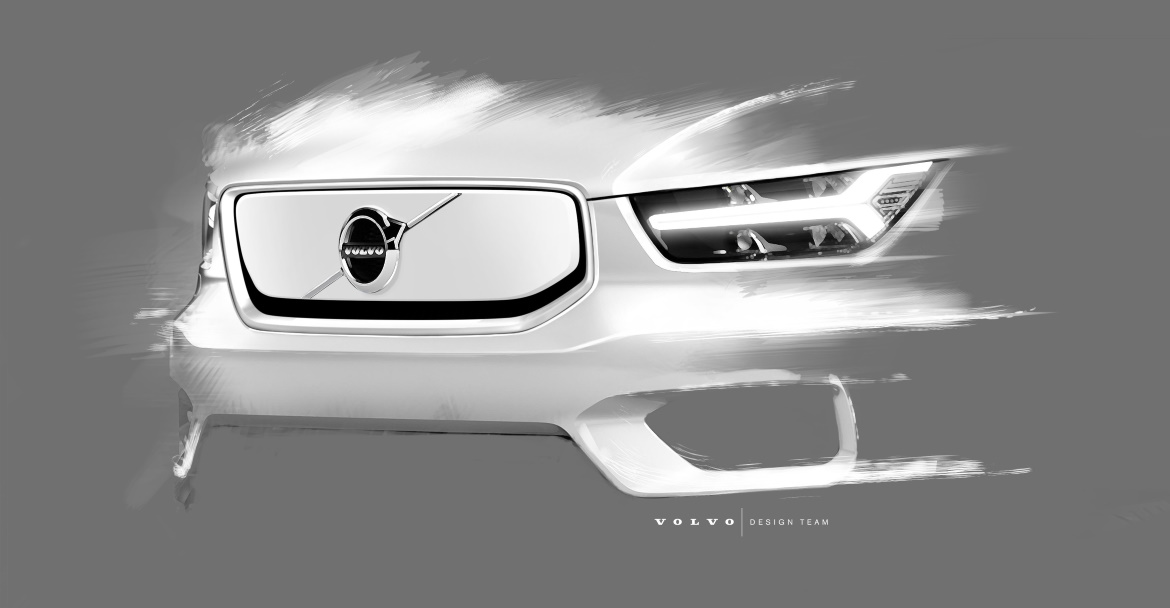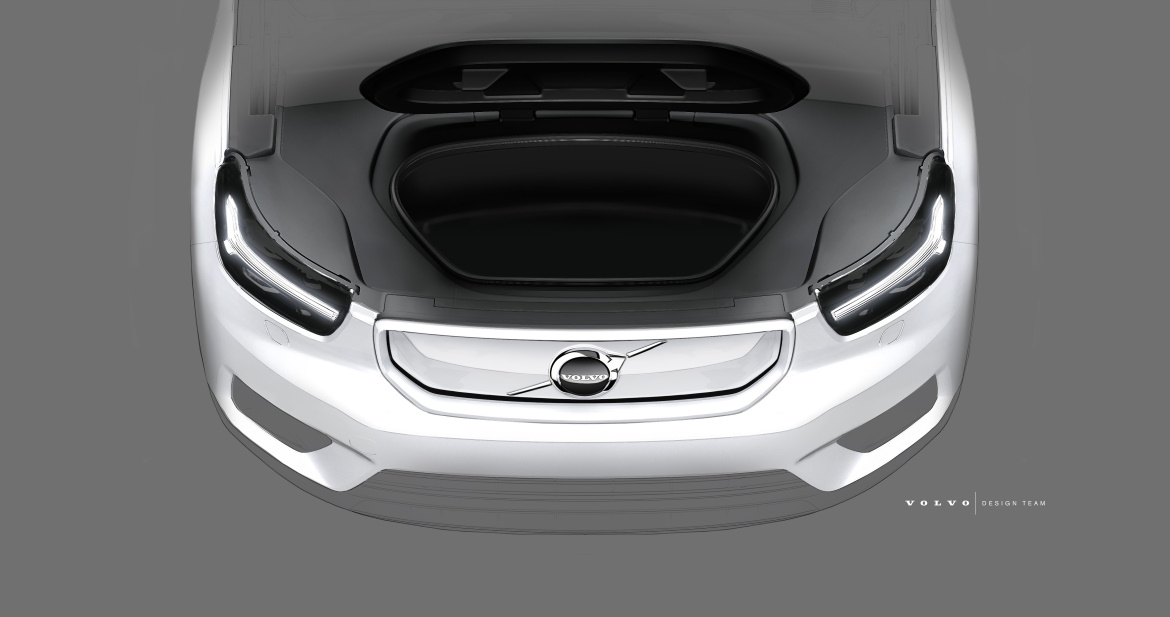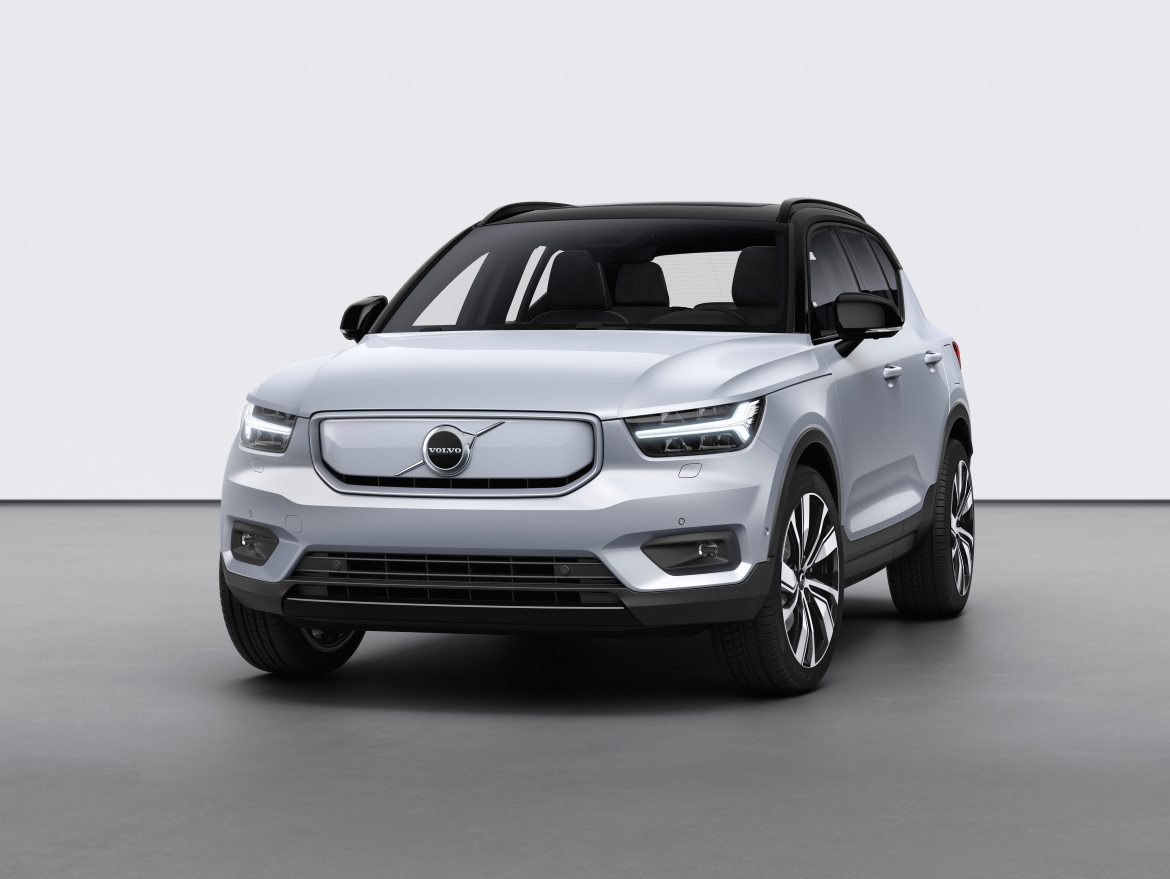The first electric car from the Swedish manufacturer, the Volvo XC40 Recharge has retained the same proportions as the petrol or diesel engine version. The zero-emission powertrain, however, has allowed the designers to make a few aesthetic adjustments, such as eliminating the radiator grille, which is now made up of a panel in body colour, the exhaust pipe and the addition of the recharge door. The XC40 Recharge is powered by two 150-kilowatt electric motors on the front and rear axles, which are powered by 78-kilowatt-hour batteries that provide a range of around 400 kilometres. The Swedish SUV develops 408 horsepower and 600 newton metres of torque, distributed over four drive wheels.
A general reduction of elements that actually leads to a better design: “The roots of Scandinavian design are based on visual clarity and reduction of elements. The XC40 is a great example of this, it’s a return to the essentials,” says Robin Page, head of design at the Swedish manufacturer. “Its bold and instantly recognisable styling is even more elegant and modern in the all-electric version. Without the need for a grille, we have created a cleaner, newer face, while the lack of exhaust pipes does the same at the rear. This is the approach we will be exploring more and more as we continue on the road to electrification.”
We tested the electric XC40 on the road in Milan and found it to be very responsive and smooth, completely silent and the One Pedal function, which allows the driver to proceed using only the accelerator pedal, to be useful in urban traffic. When released, the car slows down, reproducing the effect of an engine brake until it stops. The smaller size of the electric motor compared to the heat engine has allowed for a small 31-litre storage space for luggage or charging cables under the bonnet. The XC40 Recharge’s infotainment system is Android-based and integrates apps such as Google Maps, Assistant and Play which effectively turn the multimedia system into a smartphone.
















